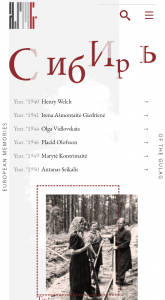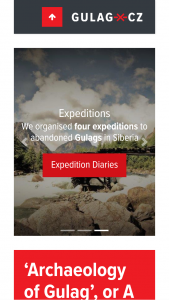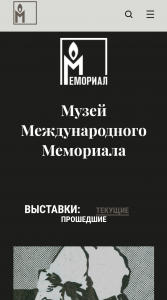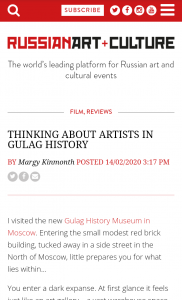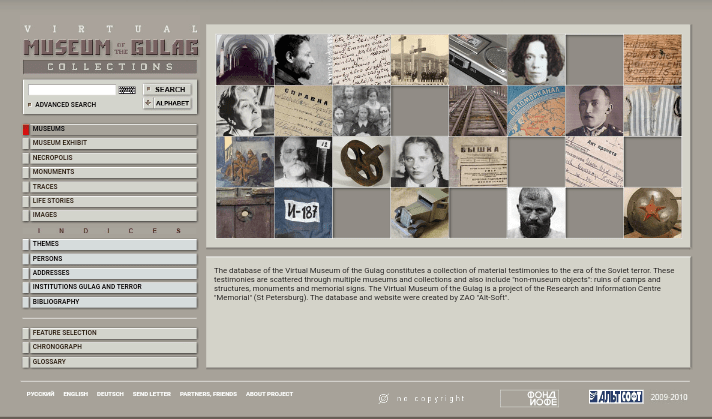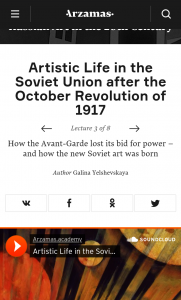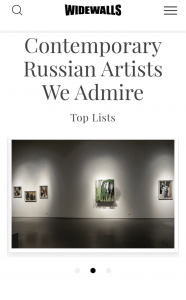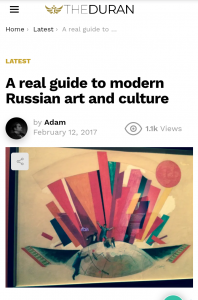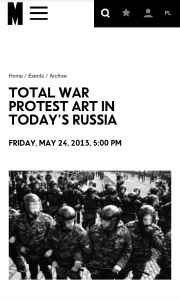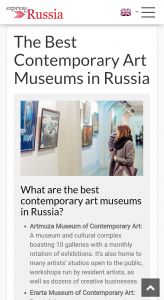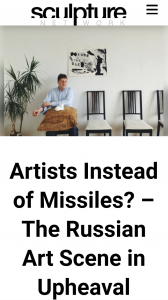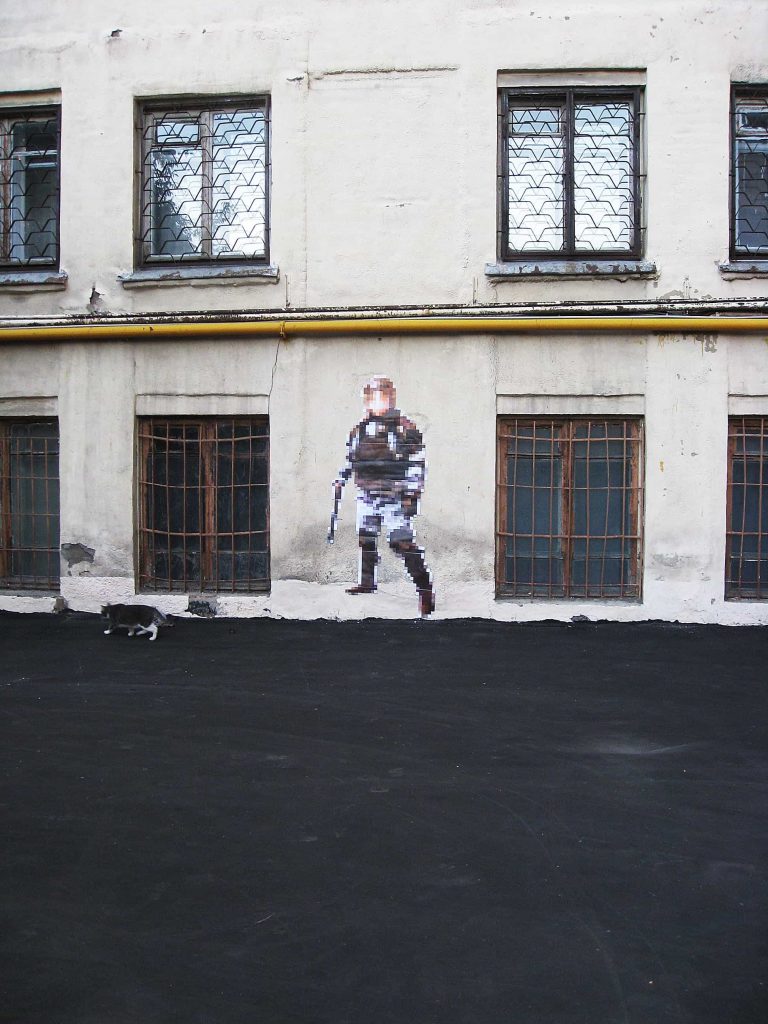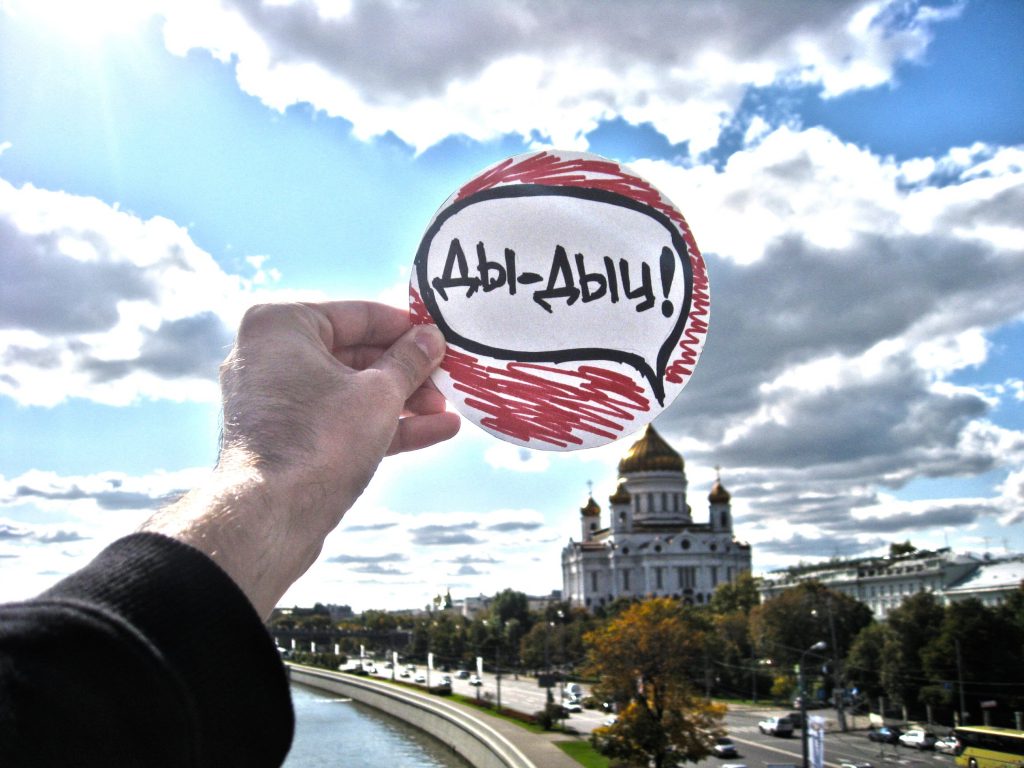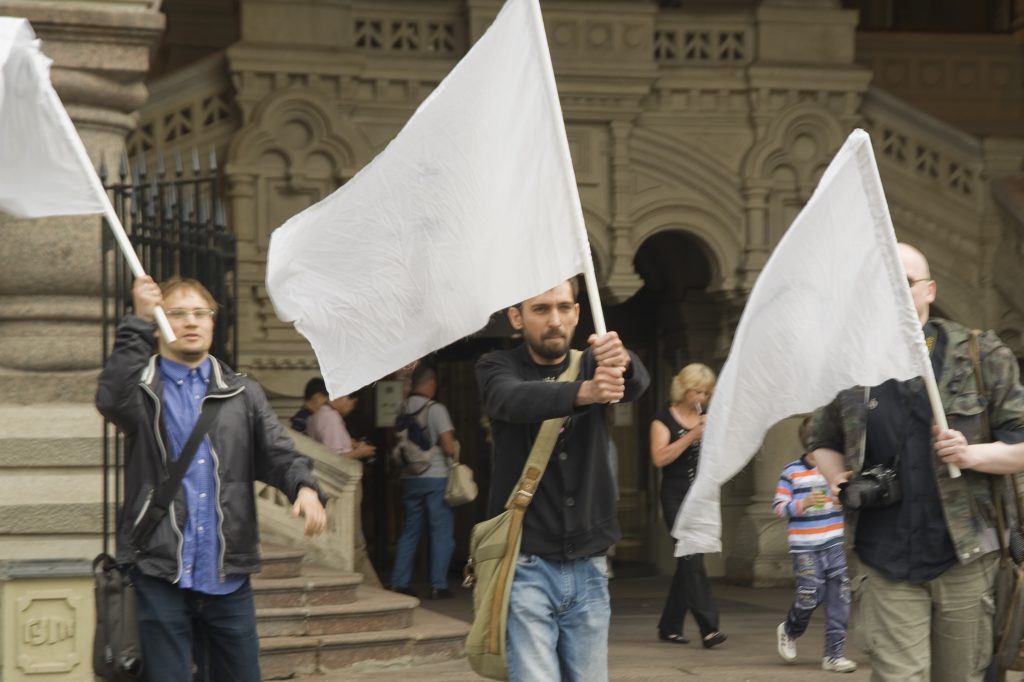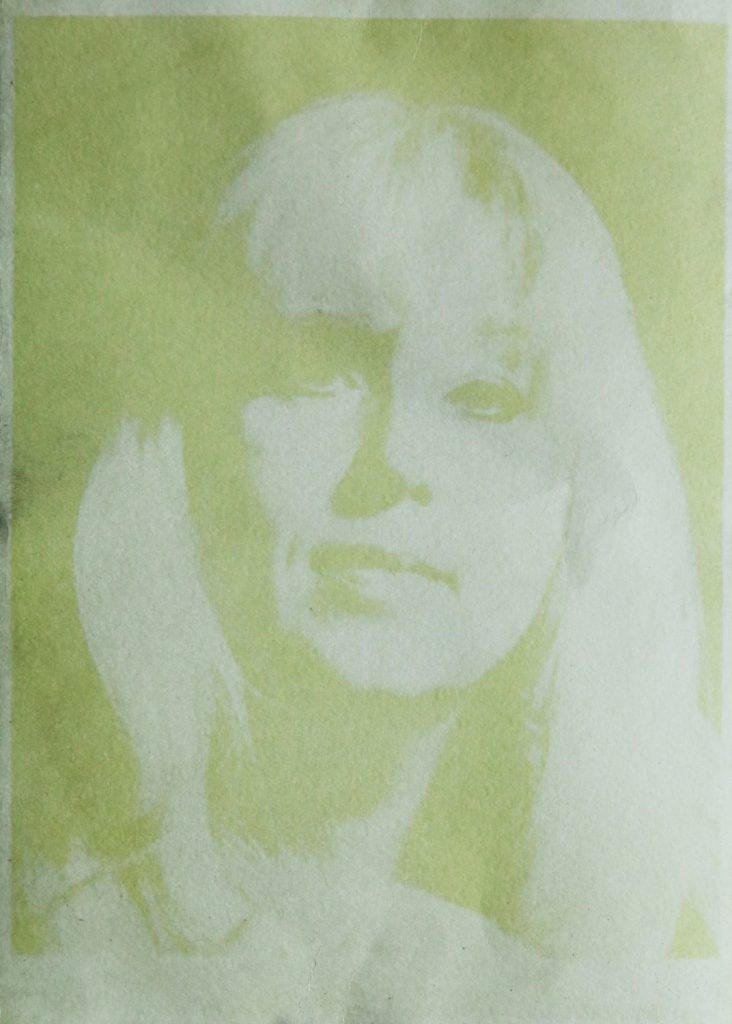Russia
General Context
The XX century was very turbulent for Russia. People of all generations have faced violence, coercion, and restriction of freedom. The mass involvement in traumatic events began with the participation of the Russian Empire in the First World War, which in Russia turned into a revolution and a new war, now a Civil one.
The Civil war cultivated people’s hatred to the former neighbors or even to the members of their own families, normalized extreme cruelty and the widespread use of violence, also against unarmed civilians. As a result of the Civil War, the Bolsheviks came into power and began to build the Soviet Union — the new society and the new state.
Despite the stated ideals, the new society was actually based on violence and coercion, which the Bolsheviks themselves had previously accused the former regime of. The political opposition of the Bolshevik party was gradually crushed, and then, by 1929, when Stalin finally gained a foothold in power, yesterday’s fathers of the revolution were shot, and their ideas were removed from the public field and declared seditious. Art became an instrument of ideological work and became tightly controlled.
Back in the 1920s, a system of camps began to be built, which would later unite under the auspices of the infamous Gulag; millions of people would pass through the GULAG. Many of them will never come out, and the lives and health of others will be permanently damaged. In the camps, people will be what Giorgio Agamben[1] called homo sacer — a naked life, people outside the legal field, dehumanized, devoid of identity: even instead of a name, they received a number. Scientists agree that of the 18 million people sent to the GULAG from 1930 to 1953, approximately 1.5-1.7 million perished there.
The Second World War, for all its horror, restored many people’s sense of self-esteem and gave them self-confidence — during the war they managed to survive and overcome inhuman trials and together to overcome the Nazis. Military experience brought people together and helped to build strong horizontal ties. However, the state was not interested in such a rise in the sense of self-importance and solidarity among ordinary people, so for more than 20 years, before Leonid Brezhnev came to power, the memory of the war and the celebration of victory remained a private matter and were not particularly welcomed.
People who risked their lives and were captured by Germans were sent to Soviet camps as traitors after the war, and the camp system and control by the state security agencies did not disappear. Those who were forced to work in Germany after returning to the USSR lived in fear and tried to hide their biography, because they were afraid of new repressions, now in their native country. Even after more than 75 years since the end of the war the discussion on certain episodes, phenomena and practices during the war remains taboo.
The feeling of a truly new era for many came in March 1953, when Joseph Stalin died. Some changes did occur: under Nikita Khrushchev, the next state leader, the camp system was mostly abolished and mass repressive campaigns according to the model of the 30s were no longer carried out. In 1956 at the XX Congress of the Communist Party of the USSR, Khrushchev criticized the policies of Stalin and the cult of his personality – this was a completely revolutionary statement, a few years ago to talk about this was fraught with the death penalty. From that moment on, a six-year-long Thaw began, when people were able to breathe a little more freely and state pressure on art noticeably eased.
After a respite during the Thaw, Soviet society gradually entered a period that was post factum called Stagnation – it fell at a time when the country was ruled by Brezhnev. During these 18 years, the inhabitants of the Soviet Union were drawn into an armed intervention in Czechoslovakia (1968) and a new war – this time in Afghanistan (1979). Those who openly disagreed with the party’s policies were still often sent to prisons and camps, but now the popular method of punishing dissidents was forced psychiatric treatment of indefinite duration – unlike a sentence in court, the time spent in the hospital was not formally limited, doctors could keep the patient as long as they saw fit, and treat by any means available. Despite this, all over the Soviet Union there were those who still honestly expressed their views, criticized the actions of the government and demanded respect for human rights, as well as those who illegally distributed and read uncensored texts in order to share the real picture of what was happening in the country.
Life began to change radically when Mikhail Gorbachev came to power. The state still behaved violently sometimes but at the same time people were given new opportunities: to choose their representatives in the parliament, to express different points of view on political, ethical and other issues publicly, to criticize the government, to ask uncomfortable questions and to express themselves. And people took advantage of it.
Modern repressions concern both directly the political opposition, whose representatives are regularly illegally detained, imprisoned and even killed by the special services, and other people who are inconvenient for the state. Representatives of the LGBTQ+ community can fall under criminal responsibility, and sometimes even risk their lives — in Chechnya, they were subjected to extrajudicial killings and this risk is still very much present. Artists do not have to criticize the authorities to get into the attention of the investigation – they wanted to put Yulia Tsvetkova[2]to prison for her body-positive drawings.
Public discussion on these and other terrible phenomena can also become a reason for persecution – at the official level such problems are most often denied, and those who raise them are accused of slander, lack of patriotism and work for some foreign hostile forces.
In other words, the story of the almost endless state terror in the Soviet Union for modern Russia has not become a complete story, in the words of Aleida Assman[3], the long shadow of the past remains over us. Unfortunately, state repression is a feature not only of the Russian past but also of Russian present. And of course, art remains one of the key means of working through such a past and understanding the complex and unfree present.
[1]Agamben, Giorgio (translated by Daniel Heller-Roazen), 1998, Sovereign Power and Bare Life. Homo Sacer. Publisher: Stanford University Press
[2]FREE YULIA TSVETKOVA
[3]Assmann, Aleida. Shadows of Trauma: Memory and the Politics of Postwar Identity. Translated by Sara Clift. New York: Fordham University Press, 2016
Memory Work in Russia
For a long time, it was assumed that because of the constant threat of violence and death, most people did not dare to speak out and raised their voice against the authorities. Judging by the investigative cases to which researchers sometimes manage to get access, this is not so: from the documents of the cases, it is clear that people criticized the decisions of the authorities and expressed their disagreement, although most often they were actually punished for this. But even in this situation, many of them were not ready to just give up and demanded a fair trial. Their letters and stories deserve attention and understanding, because they break the image of the silent majority, which has long been accepted in historiography.
In the late 80s, thanks to the policy of Glasnost, there was a boom in the memory of repression – after decades of the strictest silence, people were able to talk about their terrible experience (many witnesses and survivors from GULAG were still alive) and the experience of their loved ones. The demolition of the monument to the first chairman of the All-Russian Emergency Commission (Cheka) and the symbolic patron of the Soviet state security Felix Dzerzhinsky on Lubyanka Square, right in front of the main building of the Soviet political police (at that time it was called the KGB) was the symbolic culmination of epoch of Perestroika and Glasnost. The pedestal of the monument turned into a kind of art object, on which people wrote about their attitude to the repressive authorities. At the same time not far from KGB headquarters on the Lubyanka the Solovetsky Stone appeared. The stone perpetuated the memory of the people who suffered and died at the hands of those very state security agencies and during the state terror in general.
All this gave people hope for change. In the early 90s, the degree of openness of the archives was unprecedented, researchers and relatives of the repressed, after decades of silence and obscurity, were finally able to learn about the fate of the victims and how the terror itself was organized and who was responsible for it.
In the late 80s the Memorial Society was created as the will and desire of many to remember and preserve the memory of the victims of state-sponsored repression and to open the discussion on rethinking the past.
The Memorial’s archive and museum collections are of fantastic value and contain personal evidence of state violence.
However none of the organizers of the repressions were officially convicted. Those of them who were repressed themselves lost the right to rehabilitation but they did not bear punishments, even posthumously, for their real crimes. This allows modern revisionists to deny the scale of the repression, the innocence of the victims, and the involvement of certain statesmen in terror.
Despite the fact that in modern Russia the Day of Remembrance of the Victims of Political Repression remains an official memorial date, the attitude to state terror in the Soviet Union and the assessment of the activities of state security agencies remain extremely ambiguous. Employees of the state security agencies consider themselves the successors of the Soviet leadership structures, in particular the Cheka, and honor Felix Dzerzhinsky. Even the question of returning the monument for Dzerzhinsky to Lubyanka Square was discussed recently but so far this has not happened, but it is impossible to say with certainty that it will not happen in the future.
Some of the features that were inherent in society after the beginning of mass repressions in the 30s have been preserved to this day: suspicion of others, fear to criticize the authorities publicly — all this is the result of not worked-out trauma and, as the result, the retraumatization during the new repressive measures by the modern state.
Read more:
Virtual Museum of the Gulag
The database of the Virtual Museum of the Gulag constitutes a collection of material testimonies to the era of the Soviet terror. These testimonies are scattered through multiple museums and collections and also include “non-museum objects”: ruins of camps and structures, monuments and memorial signs. The Virtual Museum of the Gulag is a project of the Research and Information Centre “Memorial” (St Petersburg).
My Father’s Letters, MEMORIAL, 2021, Translated by Georgia Thomson, Publisher: Granta Books
Modern Art Practice in Russia
The revolution destroyed the old life and the usual way of life. And in this new world a revolution was taking place in art space: a new life required new artists, there was a room for avant-garde artists. Their work ceased to be accessible only to a narrow community and became public; they sought new ways of expressing ideas and influencing the audience, a new artistic language, and received recognition even? abroad. This was one of the cases when Russian artists set trends in art.
It’s necessary to mention here Kazimir Malevich, the ideologist of non-objective art, who invented suprematism — a combination of colored and black-and-white figures, one of the main trends in the art of the Russian avant-garde, Wassily Kandinsky, one of the founders of abstract art, Vladimir Tatlin, the author of the famous utopian projects: the Tower of the III International and the ornithopter Letatlin, Alexander Rodchenko, one of the founders of constructivism, El Lissitzky, among his the main achievements — the invention of proun (equilibrium structures of geometric bodies) and the introduction of the ideas of the supremacists in architecture, Mikhail Larionov who was the first to introduce the concept of Rayonism and Natalia Goncharova, Russian avant-garde artist, painter, costume designer and illustrator.
After World War II the struggle against the pernicious Western influence began as a start of the Cold war. The artists who feel themselves as a part of the world art movement were under pressure. Thus, Ülo Sooster (https://museum.memo.ru/author/394/) and Boris Sveshnikov (https://museum.memo.ru/author/547/), both later well known nonconformist artists, were sent to Siberian prison camps and Oleg Tselkov was expelled from art school for formalism.
After the death of Josef Stalin the state pressure has eased and artists were able to go beyond the canon of socialist realism, again turn to the legacy of the Soviet avant-garde and try to work in new directions, including those popular in the West. Unfortunately, the relative freedom did not last long, and in 1962, when Khrushchev destroyed the exhibition of the Moscow Union of Artists, strict control over art returned. Artists who did not want to work under such rules went underground and continued their experiments, but were unable to show their work in public and constantly took risks. The shows moved from the public space to private apartments, underground authors were selling their works on the black market. One of the milestones of this period was the Exhibition of the twelve in 1967 in the club Druzhba in Moscow.
The conceptual art that emerged after 1968 coincided with the dissident movement and developed similarly and in parallel with it. Like political dissidents, conceptual artists have created their own print organ abroad, the Paris magazine A — YA (unofficial Russian art revue). In the creative field, the focus has shifted from creating and selling works to discussing them and turning the documentation of these discussions into works of art.
The central figures were Dmitri Prigov, Ilya Kabakov, Irina Nakhova, Viktor Pivovarov, Eric Bulatov, Andrei Monastyrski and Komar and Melamid.
With Perestroika artists took advantage of the changes who were finally able to come out of underground started publicly exhibiting their works inside the country and in the West, and generally interact with the world art community – in 1988, the USSR even held an auction Sotheby’s where for the collectors from all over the world exhibited works of Soviet unofficial art.
Read More:
Arzamas Academy, Russian Avant-Garde, How Malevich, Kandinsky, Rodchenko, Tatlin, Larionov, and others created the radically new art of the 20th century, Author Galina Yelshevskaya
Artistic Life in the Soviet Union after the October Revolution of 1917, How the Avant-Garde lost its bid for power – and how the new Soviet art was born, Author Galina Yelshevskaya
The Thaw and the 1960s. The Birth of the Underground, How Khrushchev initially gave a breathing space to unofficial art and then personally drove it underground – and what that underground involved, Author Galina Yelshevskaya
Conceptualism and Sots Art, How Ilya Kabakov, Komar and Melamid, and other artists created the most enigmatic and intellectual style of the 20th century, Author Galina Yelshevskaya
Ermakova, Elizaveta, Sotheby’s 1988 Auction. A Turning Point for Unofficial Moscow Artists, Published on June 27, 2020
Сontemporary Art Practice in Russia
Contemporary Russian artists are connected by an umbilical cord with the art of the Russian avant-garde and feel like its heirs. The ambivalence of the situation is that the artists cannot forget the long history of post-revolutionary violence, they are haunted by these ghosts in the midst of a current reality that also does not much welcome them.
Over the past ten years, Russia has been gripped by protest moods more than once. And dozens of art activists appeared.
The artists talk about police impunity and social inequality in the country, about censorship and corruption.
We’ll mention the two most visible actions, Punk Prayer by the band Pussy Riot and Lubyanka’s burning door by Petr Pavlensky.
In 2012 five members of the band staged a performance on the soleas of Moscow’s Cathedral of Christ the Savior. Their actions were stopped by church security officials. By evening, they had turned it into a music video entitled Punk Prayer – Mother of God, Chase Putin Away! Some of the members of the Pussy Riot band received different criminal sentences.
Pavlensky in November 2015 came to the first entrance of the Lubyanka Building, which is the headquarters of the Russian Federal Security Service, doused the front door with gasoline, and set fire to it with a cigarette lighter. The doors of the building were partially burnt. Pavlensky stood and waited to be arrested, was detained after 30 seconds without resistance, and was charged with debauchery. A few hours after the action, a video appeared on the Internet with an explanation of the meaning of the burning. The action is called Lubyanka’s burning door.
Against the backdrop of the 2021 winter protests in Russia, many art activists have united to support political prisoners. Some launch large-scale actions, while others make the usual appeal to the authorities.
Read more:
Epstein Alek D., 2016, Confronting the socio-psychological environment: Feminist/political art protest in contemporary Russia from Pussy Riot to ‘Spiritual Combat’ exhibition. Environment and Social Psychology, Vol 6, No 1.
Epstein Alek D., 2012, Art on the Barricades: Pussy Riot, the ‘Bus Exhibit’ and the Protest Art Activism. Moscow: Russia for Everyone & Kolonna Publications.
Post-post-Soviet? Art, Politics, and Society in Russia at the Turn of the Decade, 2014, Publisher: Warsaw: Museum of Modern Art, Editors: Marta Dziewanska, Ekaterina Degot, Ilya Budratskis
Artists Instead of Missiles? – The Russian Art Scene in Upheaval, Why Russia should advertise its artists instead of its missiles – an interview with Simon Mraz, Cultural Attaché at the Austrian Embassy in Moscow
Action Art: Performances, Actions, Happenings, From the Futurists to Pussy Riot: how hooliganism, self‑injury and strange behaviour became art
Contemporary Russian Artists We Admire
https://www.widewalls.ch/magazine/contemporary-russian-artists
Dubrovsky, Nika and David Graeber, David, Another Art World, Part 1: Art Communism and Artificial Scarcity, E-flux, Journal #102 — September 2019
Ermakova, Elizaveta, Sotheby’s 1988 Auction. A Turning Point for Unofficial Moscow Artists, Published on June 27, 2020
Five Things You Should Know About Modern Art in Russia
Garrie, Adam, A real guide to modern Russian art and culture
Groys, Boris, Russian Actionism: The New Narodniki[1]
Murray, Natalia, Revolutionary Spectacle: Street Performances in Petrograd in 1917-1920
Total War. Protest Art in Today’s Russia, Full-throated art performances by the groups Voina and Pussy Riot have drawn attention to the Russian protest art in recent years.
The Best Contemporary Art Museums in Russia
Pornography Charges Target Feminist Artist
Thematic Focus
Artistic practices in the modern Russian art scene carry untold and unprocessed traumas of the past. Artists respond to modern challenges but in their works there are traces of the memory of the past. This memory manifests itself in silence and invisibility, in the absence of footprints and it does not allow the present to straighten up and grow loudly.
Artists Victoria Lomasco, Denis Mustfin and Lyudmila Zinchenko open the Russian page of the WAMM. Artists are united by a very precise, subtle and attentive attitude to an unprotected man.
The characters of the artists’ works, by their own will or by the will of circumstances, are thrown out of a prosperous and sleepy life, where everyone exists quietly and under anesthesia, without remembering the past and without thinking about the present. They find themselves on the edge of life and disappear — or on the frontline, and thus fall into the struggle. They are silent and they shout. Often they are invisible and are stealing away, and instead of them remain fears and emptiness. It hurts us, the audience, to the point of tears.
We would like the viewers who are not even familiar with Russian history and Russian art, to feel the same.

